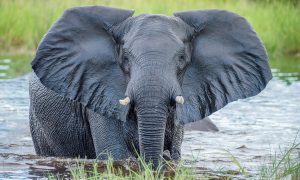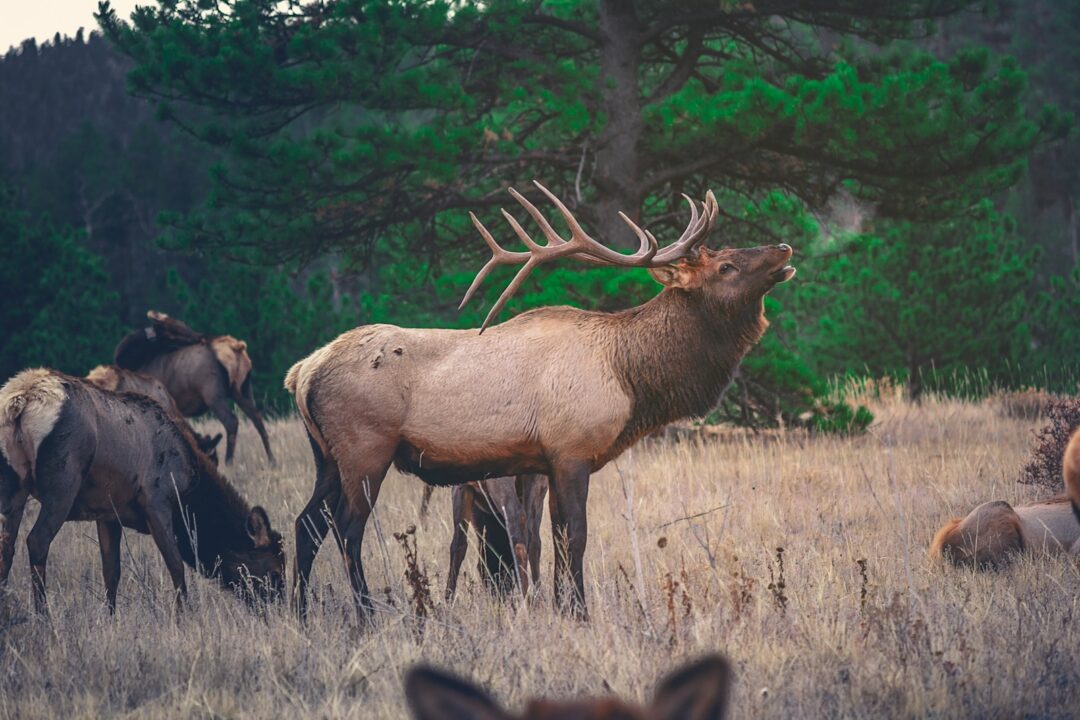Cannabis has been around for thousands over years and animals have been curious – what has happened?
The first evidence of marijuana use dates back to at least the third millennium BC in written history and potentially as far back as the Pre-Pottery Neolithic B (8800-6500 BCE) based on archaeological findings. It has been used as medicine as far back as ancient man. The effects on wildlife are less often explored. The is little about how animals in the wild interact with cannabis. Do they approach it with curiosity or intent? The answers are both surprising and worth paying attention to, especially as cannabis becomes part of the mainstream.
RELATED: The Connection Between Country Music And Cannabis
In states where outdoor cannabis cultivation is common—like California, Oregon, and Colorado—there have been growing reports of animals like deer, elk, and rabbits nibbling on marijuana plants. While most animals are likely attracted to the smell or texture of the leaves, not necessarily the high-inducing THC, interactions still happen.

In one much-publicized case from the UK, a flock of sheep was found wandering dazed near a roadside grow site, fueling speculation (and headlines) about “stoned livestock.” While that story may have been sensationalized, it reflects a real-world phenomenon: animals occasionally eat cannabis, especially when it’s easily accessible.
Yes—though how much depends on the species and the amount consumed. THC (tetrahydrocannabinol), the compound in cannabis responsible for its psychoactive effects, impacts animals differently than humans. For example, dogs are extremely sensitive to THC and can suffer from severe symptoms like disorientation, tremors, or even seizures after ingesting cannabis products.
Larger wildlife like elk or moose may tolerate small amounts better due to their size, but concentrated products—like edibles or discarded trimmings—can still be dangerous.
RELATED: Cannabis Is Way Better And Safer Than A Honey Pack
Non-psychoactive hemp is another part of the cannabis family that animals interact with—mostly safely. Birds, squirrels, and even livestock are known to enjoy hemp seeds, which are high in protein and healthy fats. However, hemp and marijuana look similar, so public misunderstanding still clouds their distinction.
As cannabis cultivation becomes more normalized, especially outdoors, the environmental footprint—including its effect on wildlife—deserves attention. Unregulated grow sites, in particular, often use harmful pesticides or traps that put animals at risk.
While stories of curious wildlife sampling cannabis can be amusing, it’s important to remember: cannabis products—especially edibles—should never be given to animals intentionally. Pets and wild animals alike can suffer serious health effects from THC exposure.


